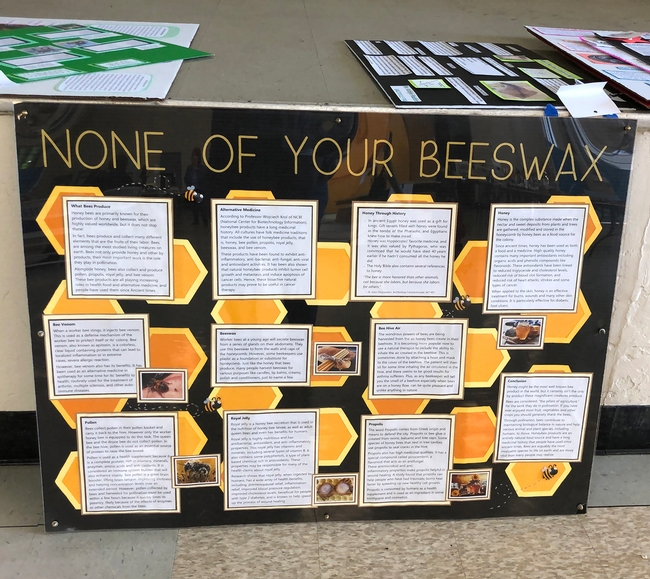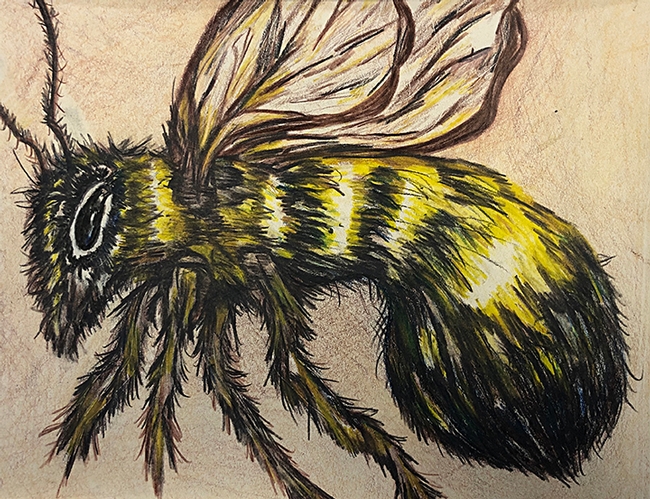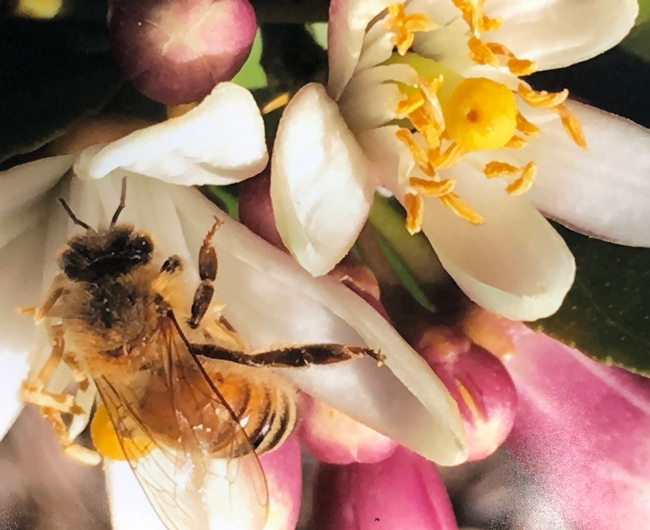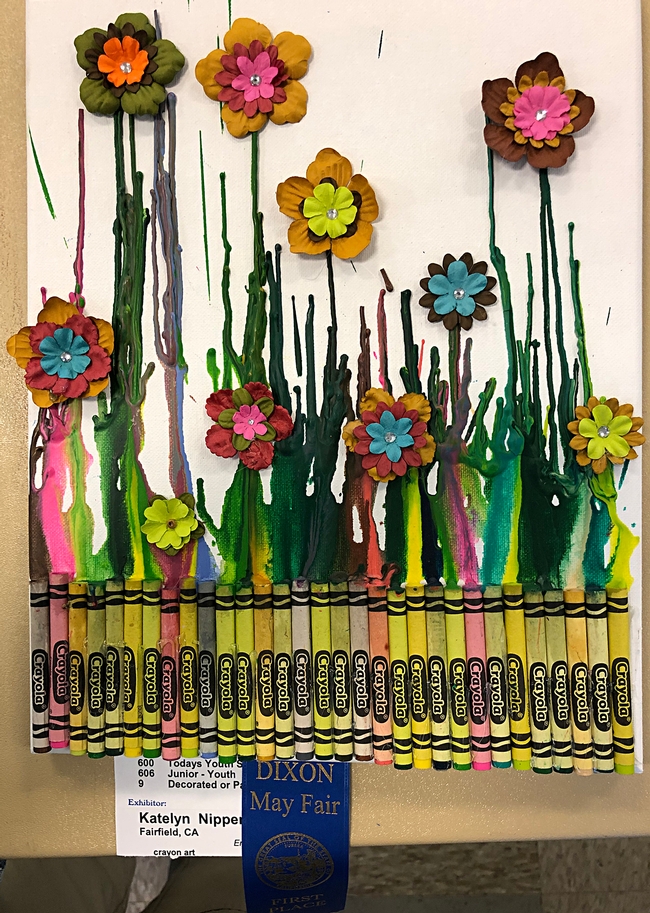"You can learn a lot from these displays," a fairgoer at the 144th annual Dixon May Fair commented.
She was looking at an educational display with the catchy title, "None of Your Beeswax," the work of Ryan Anenson of the Tremont 4-H Club, Dixon, whose projects include beekeeping. The display is showcased in the Youth Building (Denverton Hall) at the Dixon May Fair, which opened Thursday, May 9 and continues through Sunday, May 12.
In his project, Anenson explained what bees produce. He zeroed in on bee venom, pollen, beeswax, royal jelly, honey, propolis, and also alternative medicine, history of honey, and bee hive air. Anenson concluded: "Honey might be the most well-known bee product in the world, but it certainly isn't the only by-product these magnificent creatures produce. Bees are considered 'the pillars of agriculture' for the work they do in pollination. If you have ever enjoyed most fruit, vegetables and other crops, you should generally thank the bees. Through pollination, bees contribute to maintaining biological balance in nature and help various animal and plant species, including humans, to thrive. Honeybee products are an entirely natural food source and have a long medicinal history that people have used since ancient times.Bees are arguable the most invaluable species to life on earth and are more vital than many people may realize."
As for beeswax, Anenson penned: "Worker bees at a young age will secrete beeswax from a series of glands on their abdomens. They use this beeswax to form the walls and caps of the honeycomb. However, some beekeepers use plastic as a foundation or substitute for honeycomb. Just like the honey that bees produce, many people harvest beeswax for various purposes, like candles, lip balms, creams, polish and conditioners, just to name a few."
The teenage 4-H'er was among those who attended a UC Davis Bee Symposium several years ago, and also participated in a recent California Honey Festival, co-sponsored by the City of Woodland and the UC Davis Honey and Pollination Center.
Madeline Giron, another Dixon 4-H'er, sketched a color pencil drawing of a bee, and Markus Taliaferro of the Suisun Valley 4-H Club, Dixon, submitted a photo of a honey bee sipping nectar. Another drawing, the work of Katelyn Nipper of Fairfield, featured "crayon art flowers": brightly colored spring flowers bordered by the crayons she used.
Lots of flowers! Just add pollinators!
Meanwhile, speaking of pollinators and plants, there's a clearance plant sale at UC Davis on Saturday, May 11 at the UC Davis Arboretum and Public Garden's Teaching Nursery on Garrod Drive. It's open to the public from 9 a.m. to 1 p.m. Horticulturists are billing it as a "Pollinator Paradise." Everything is 15 percent off (Members receive an additional 10 percent off.) You can access the inventory here.
Lots of plants! Just add pollinators!
Attached Images:

Dixon 4-H'er Ryan Anenson of the Tremont 4-H Club created this award-winning educational display, "None of Your Beeswax" for the Dixon May Fair. (Photo by Kathy Keatley Garvey)

Dixon 4-H'er Madeline Giron sketched this color pencil drawing of a bee, on display in the Youth Building (Denverton Hall) at the Dixon May Fair. (Photo by Kathy Keatley Garvey)

This photo by Markus Taliaferro of the Suisun Valley 4-H Club shows a honey bee sipping nectar.

Just add pollinators! Katelyn Nipper of Fairfield created this innovative illustration of brightly color flowers and crayons.